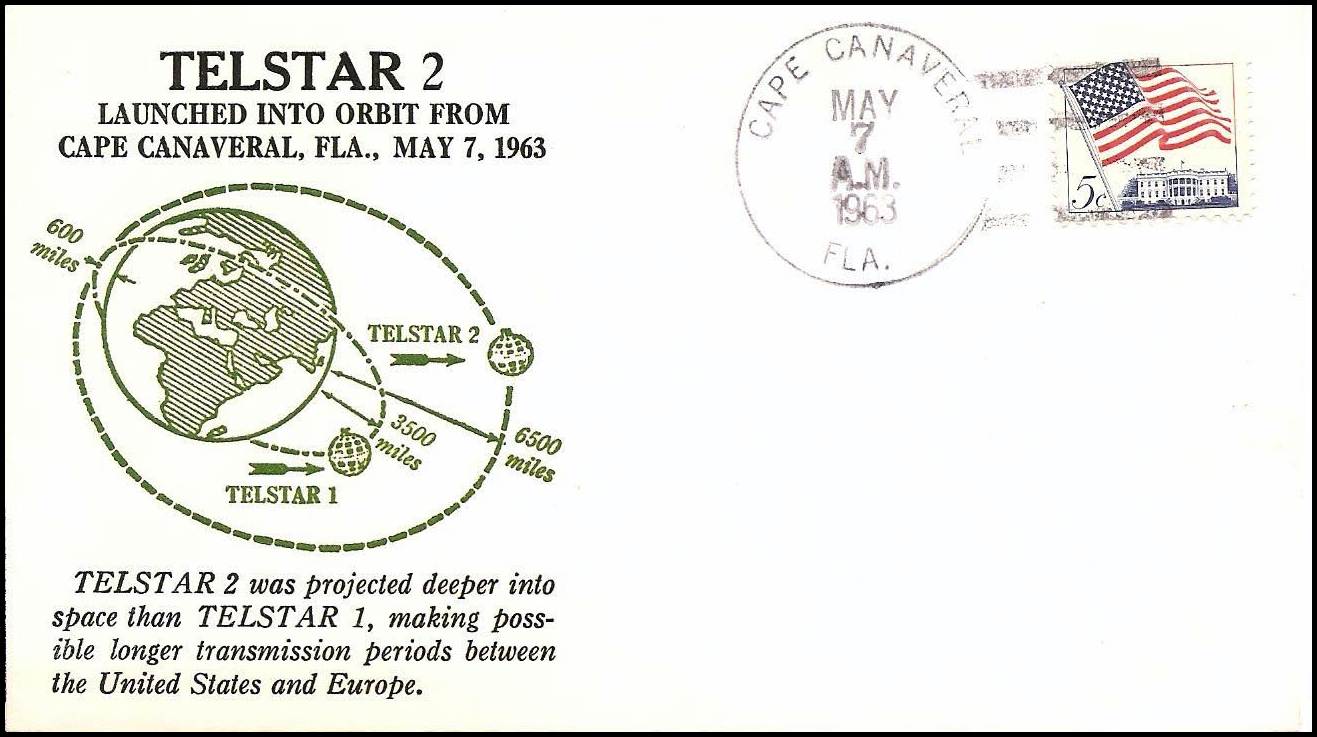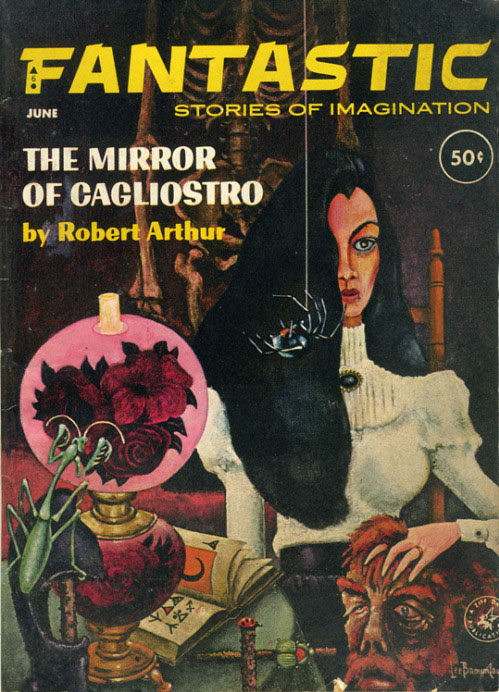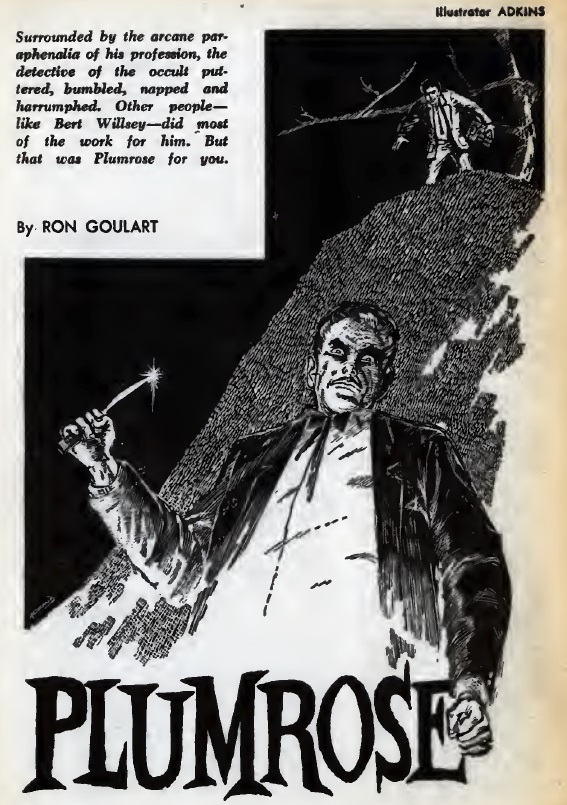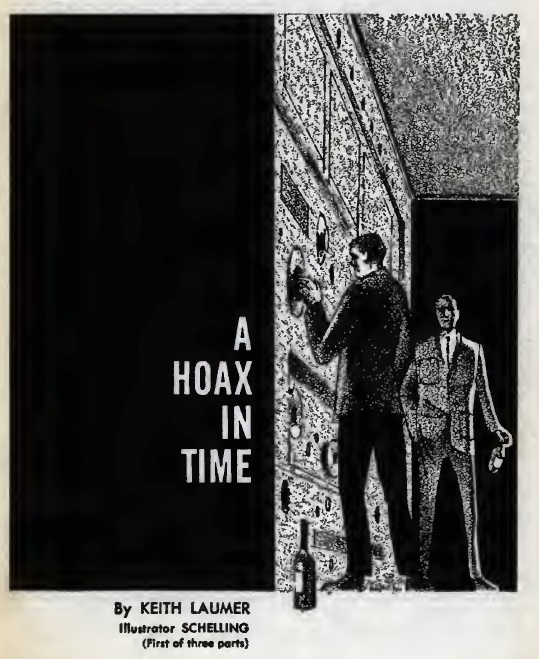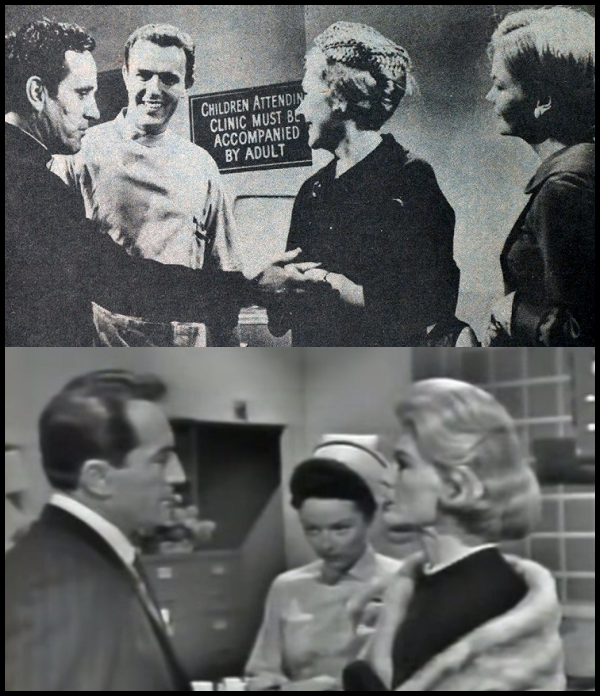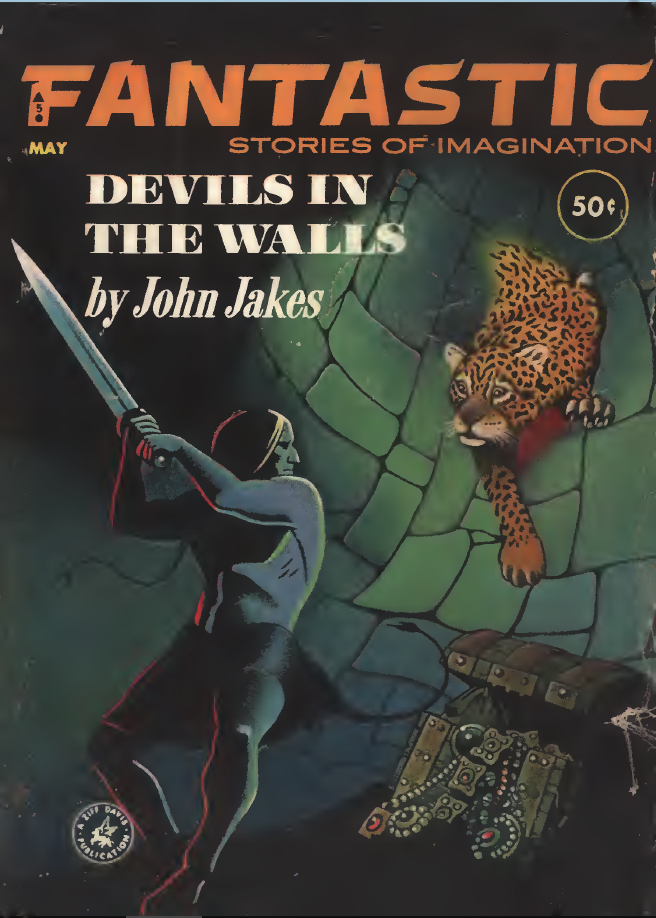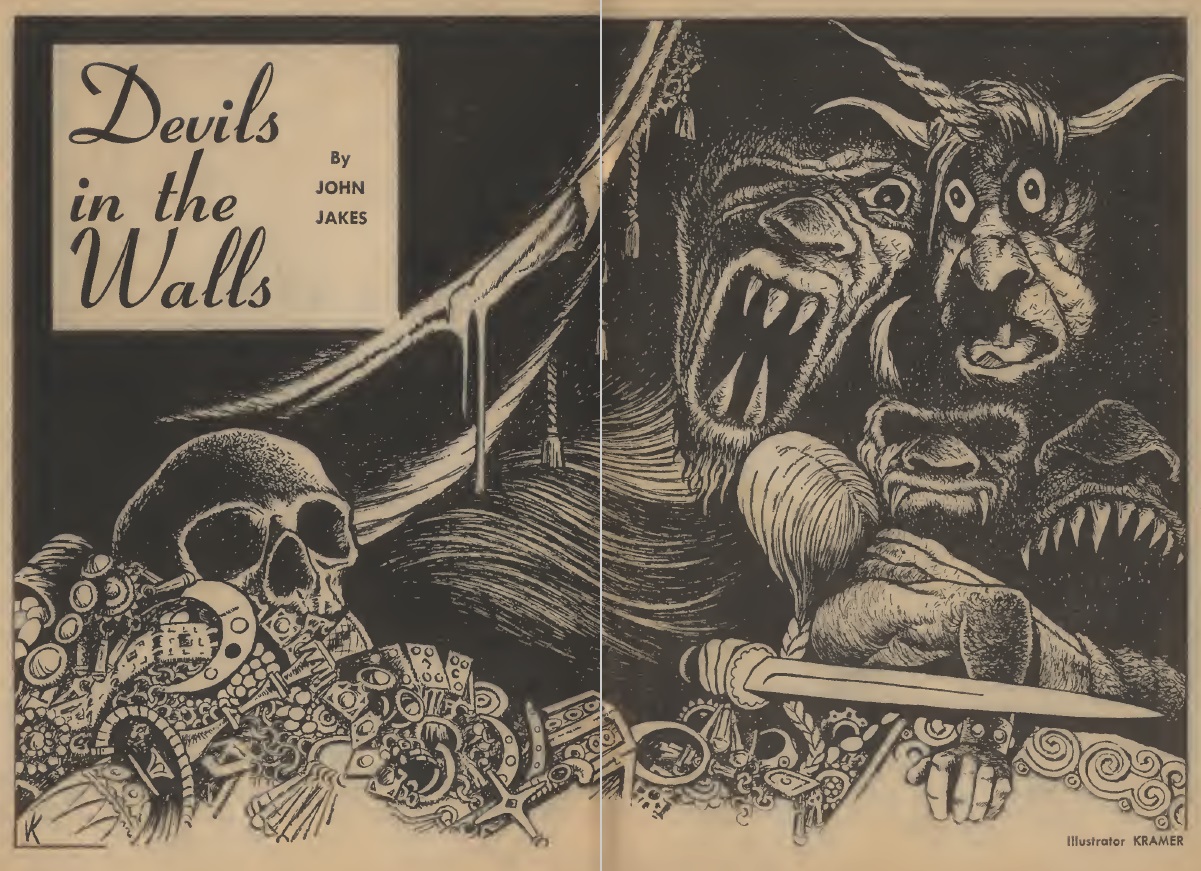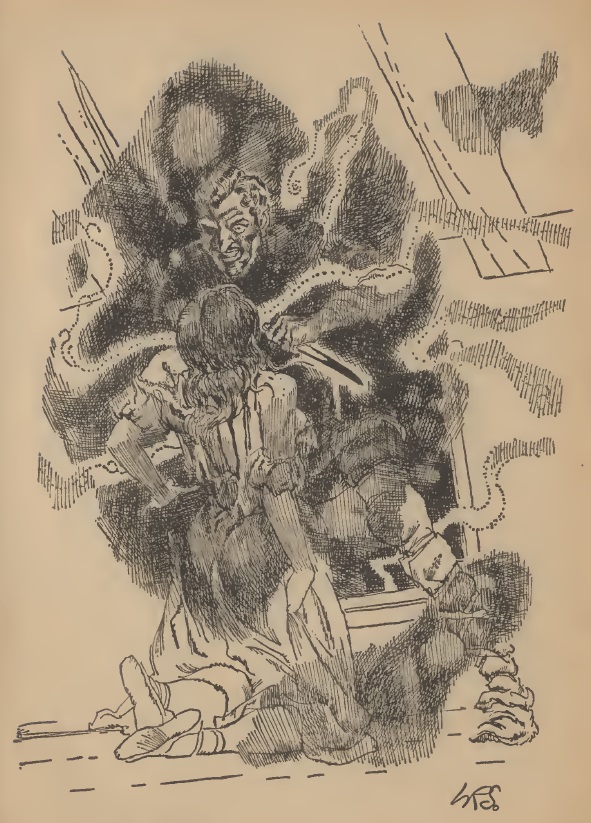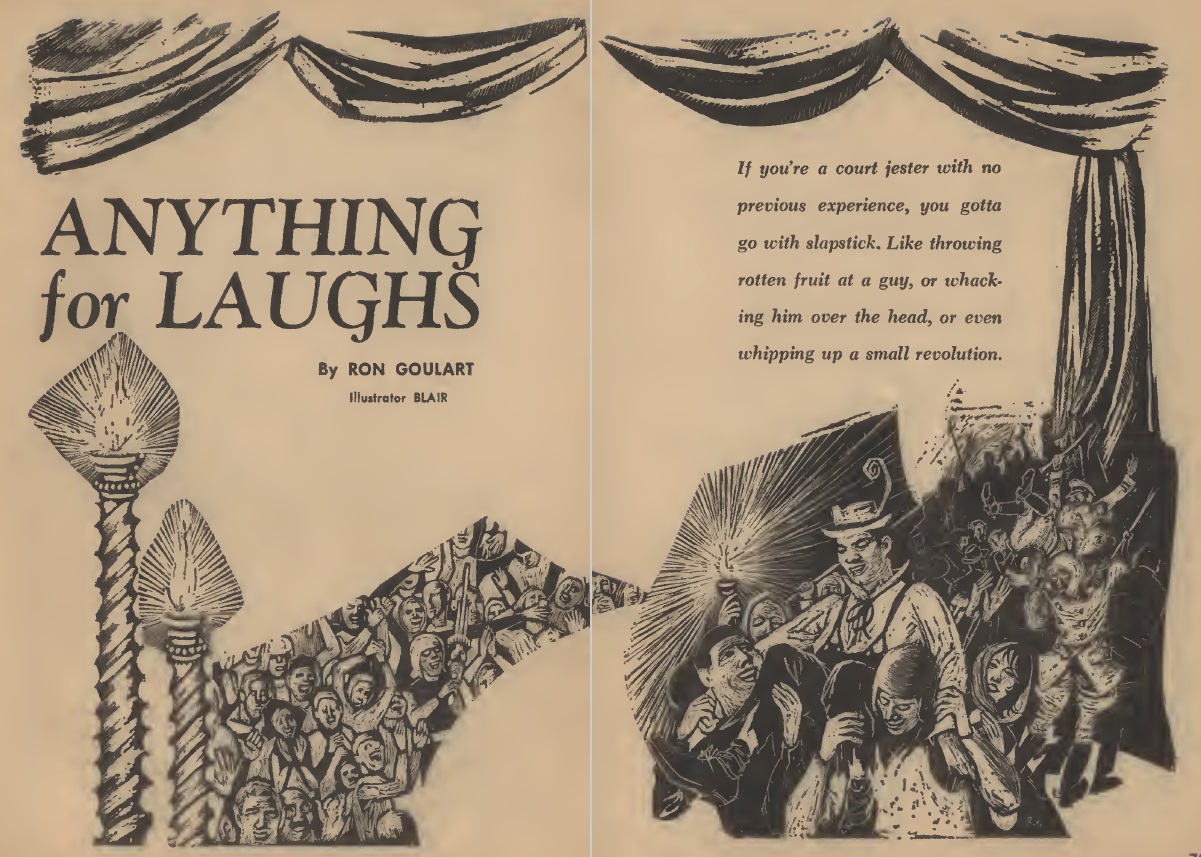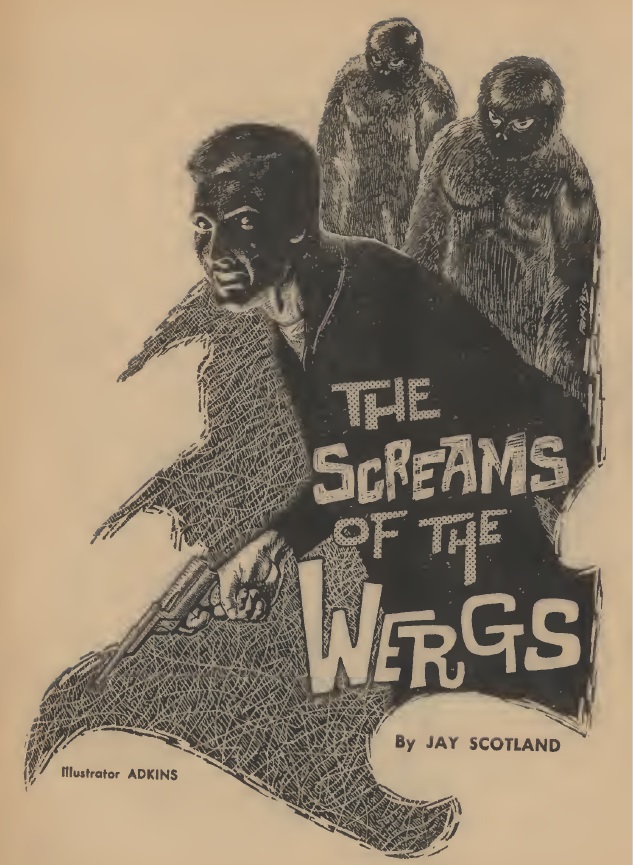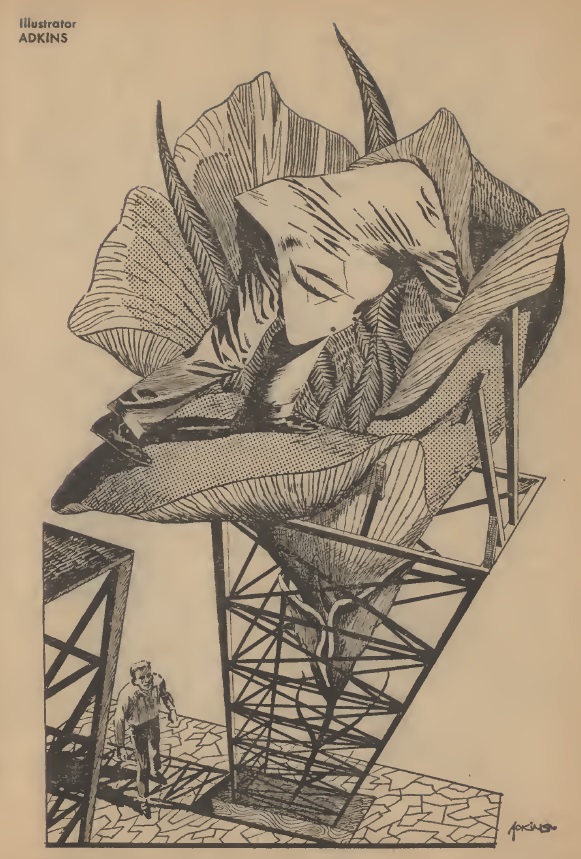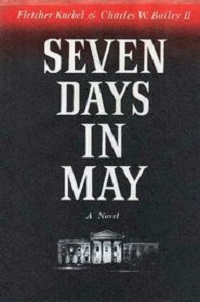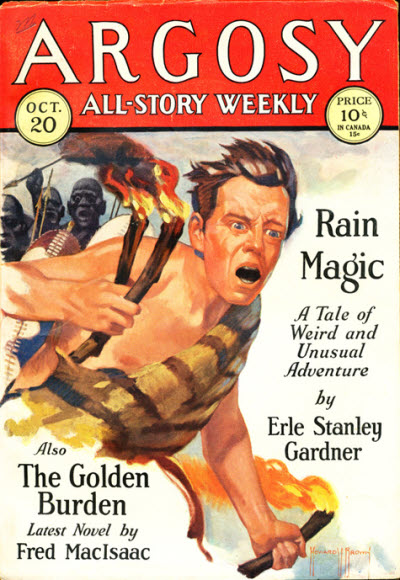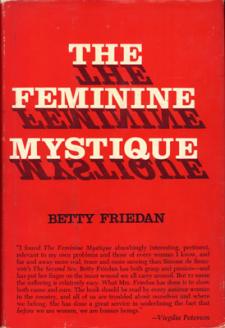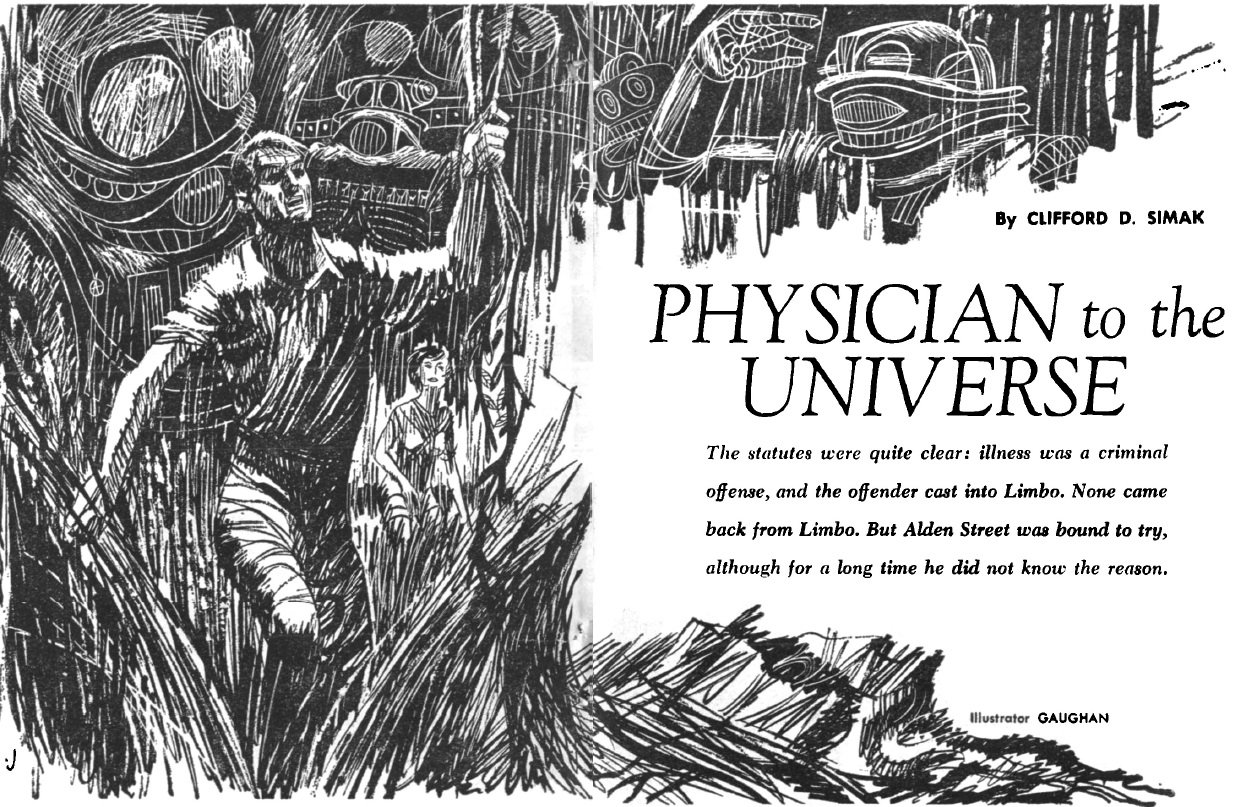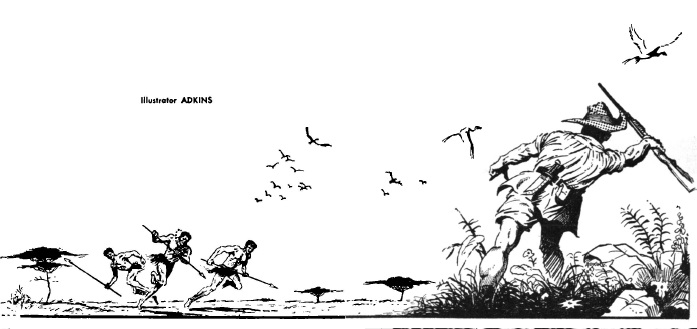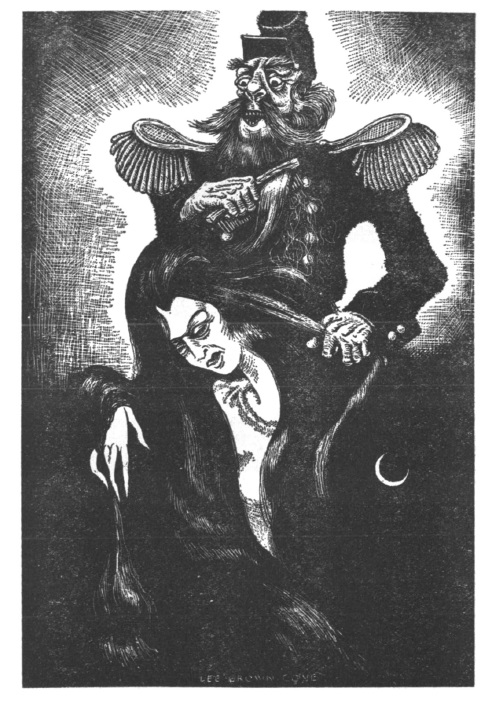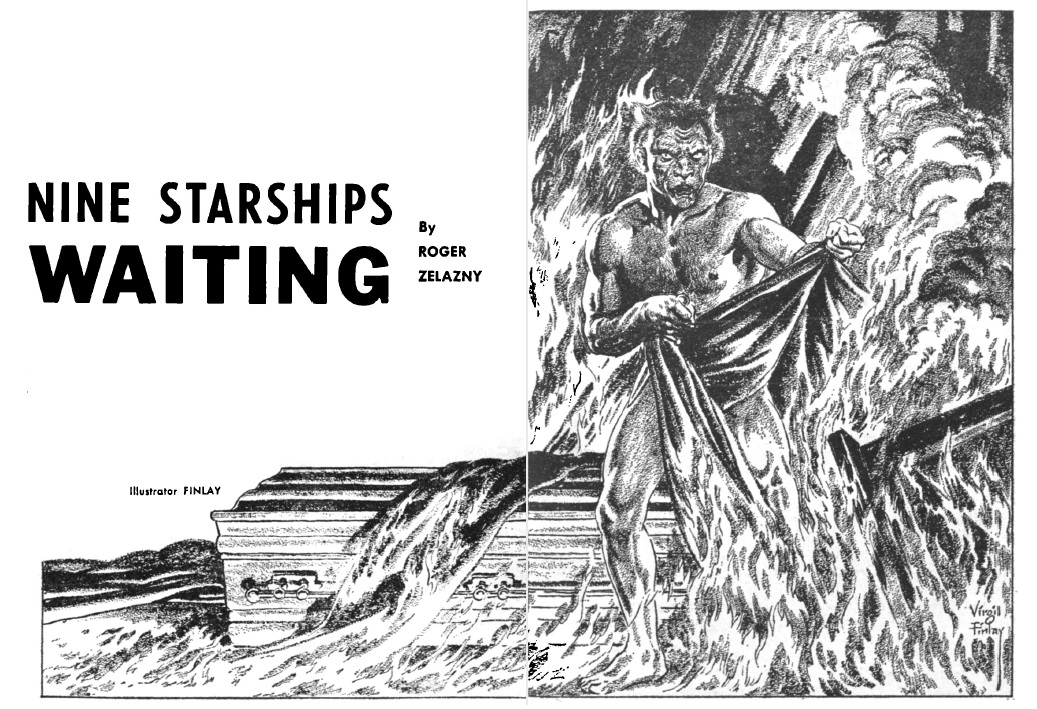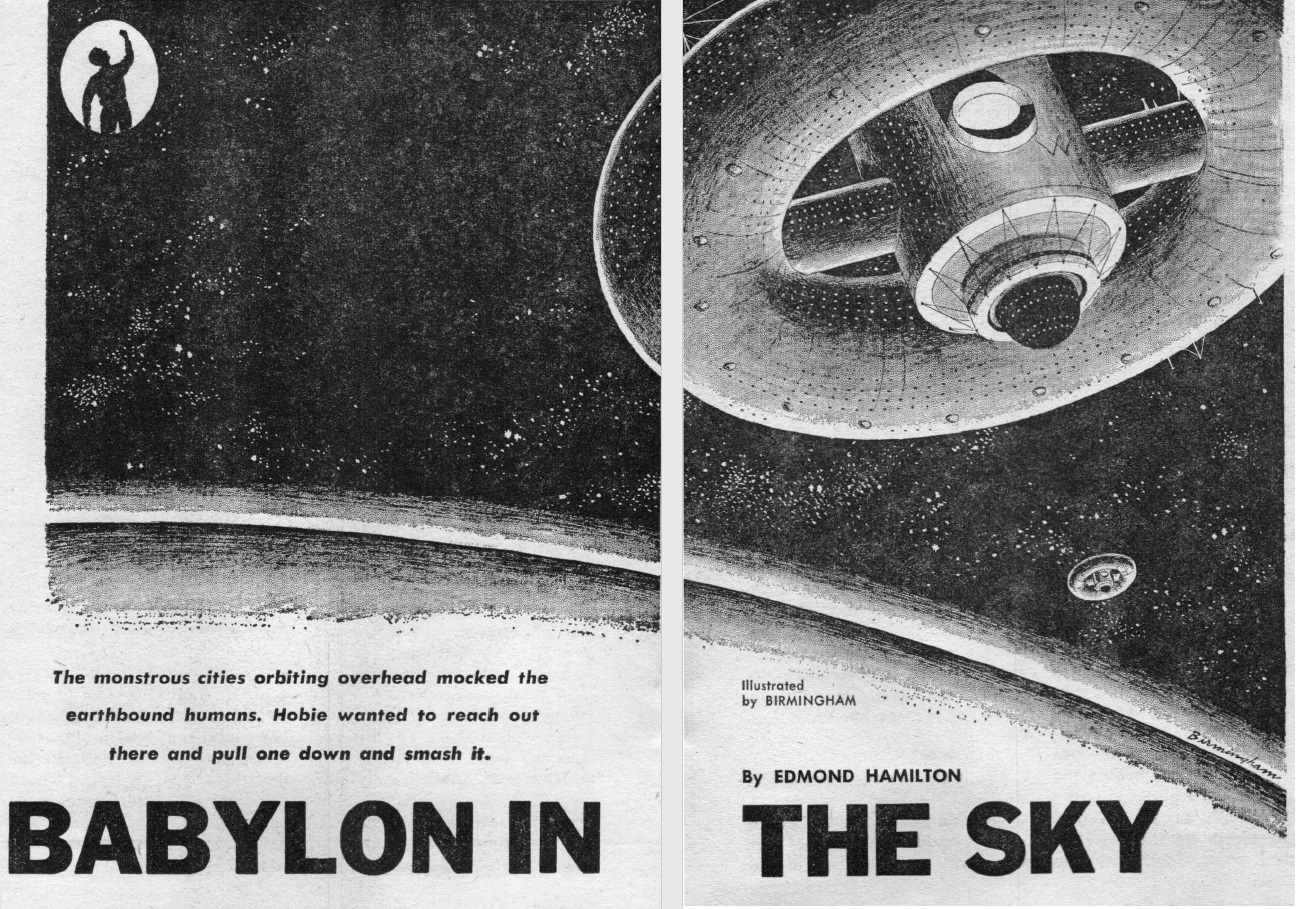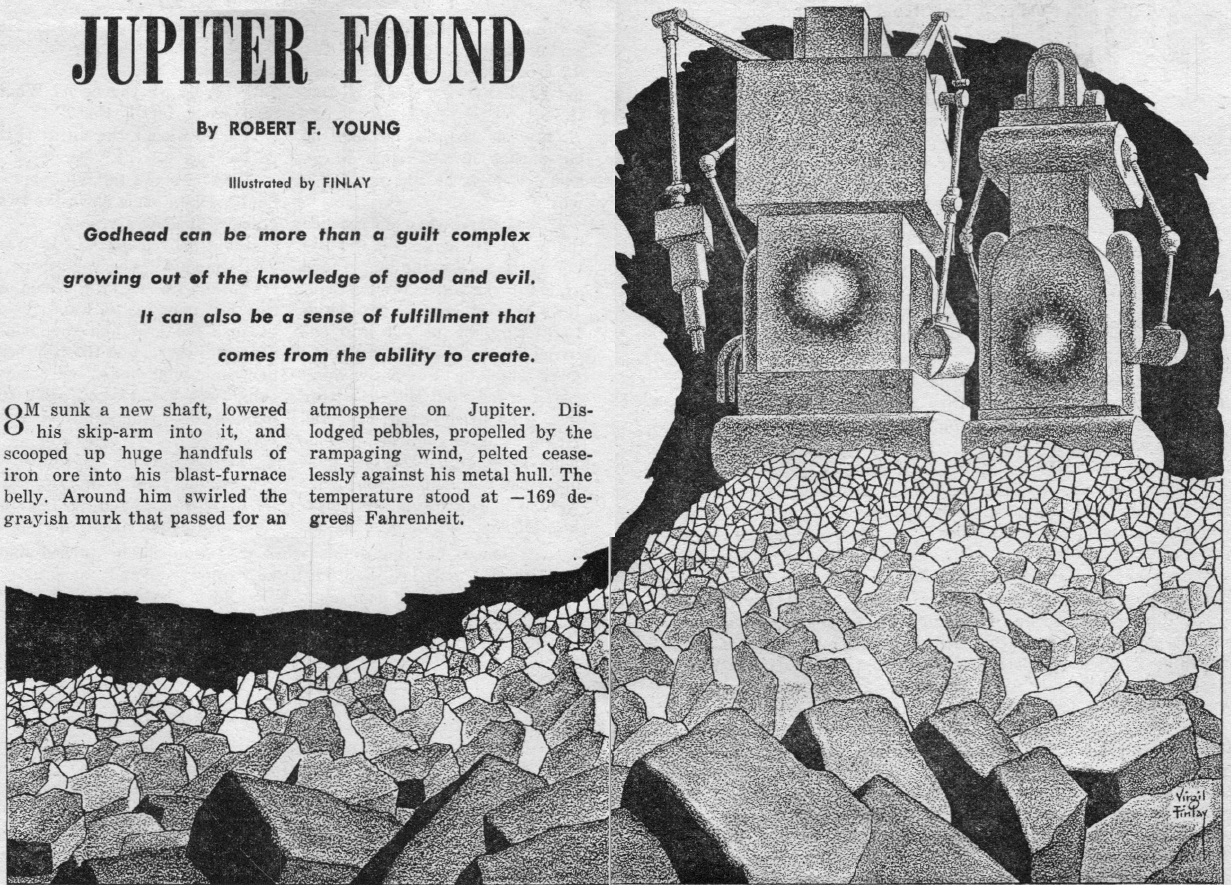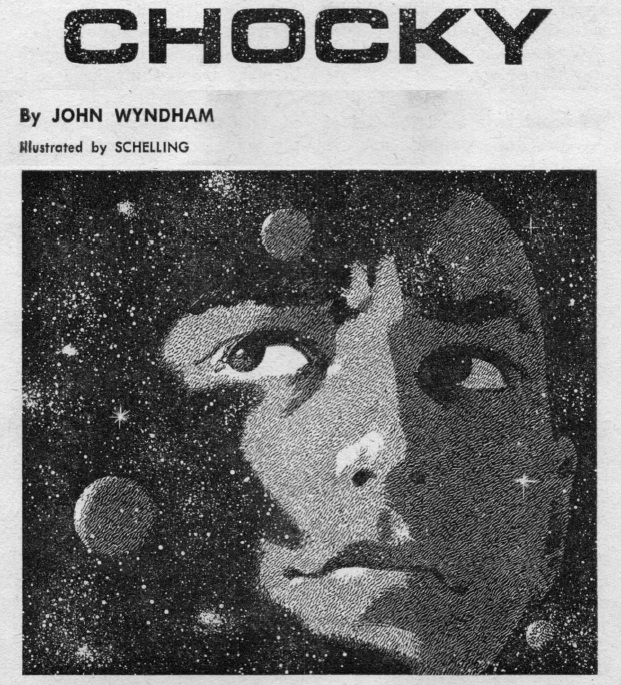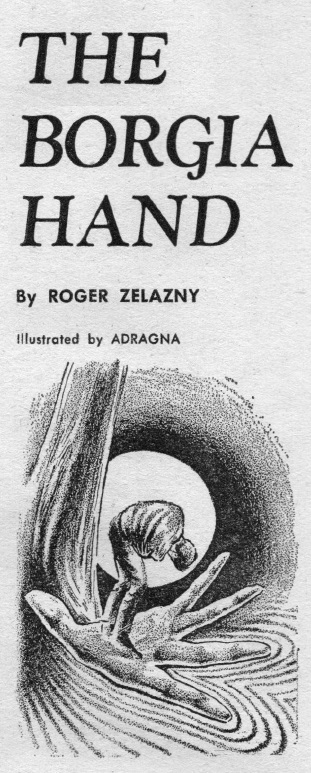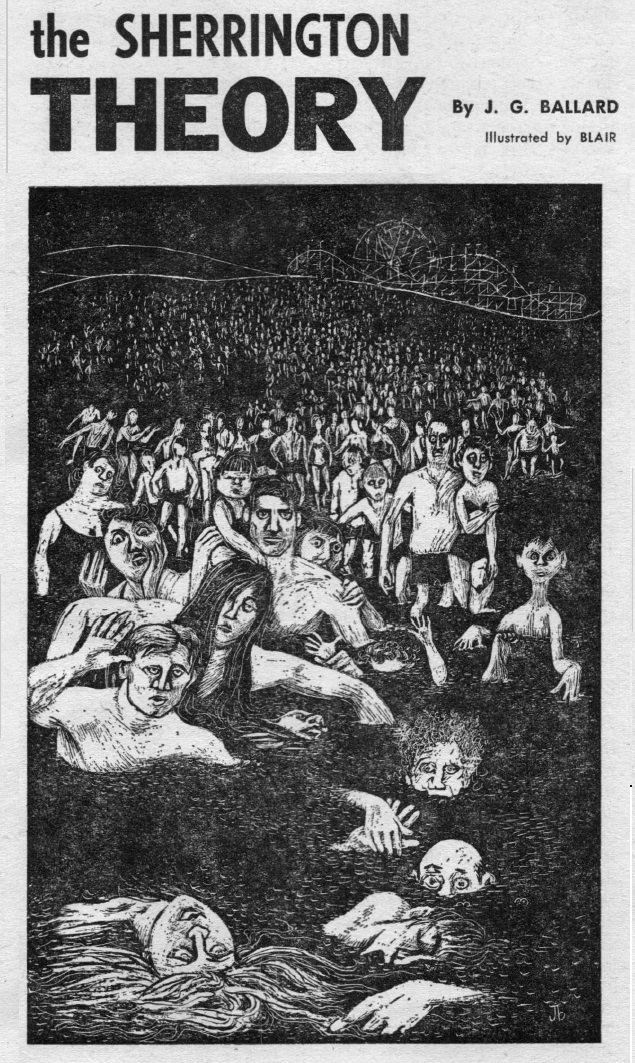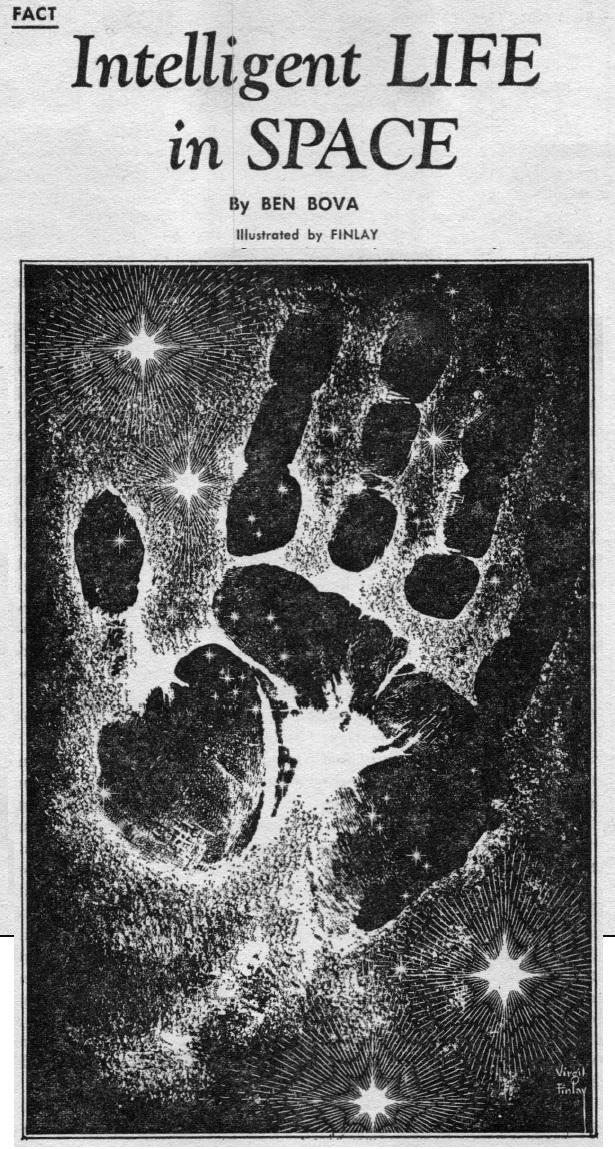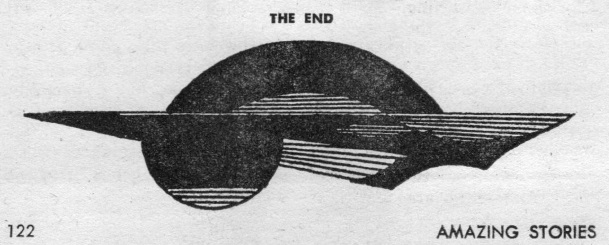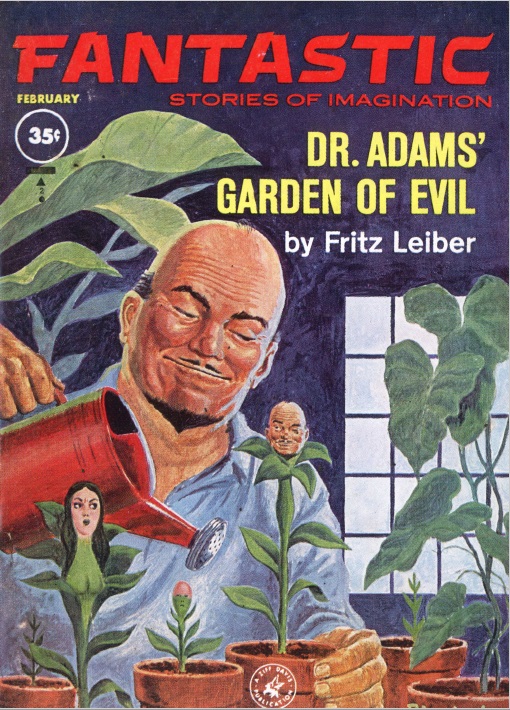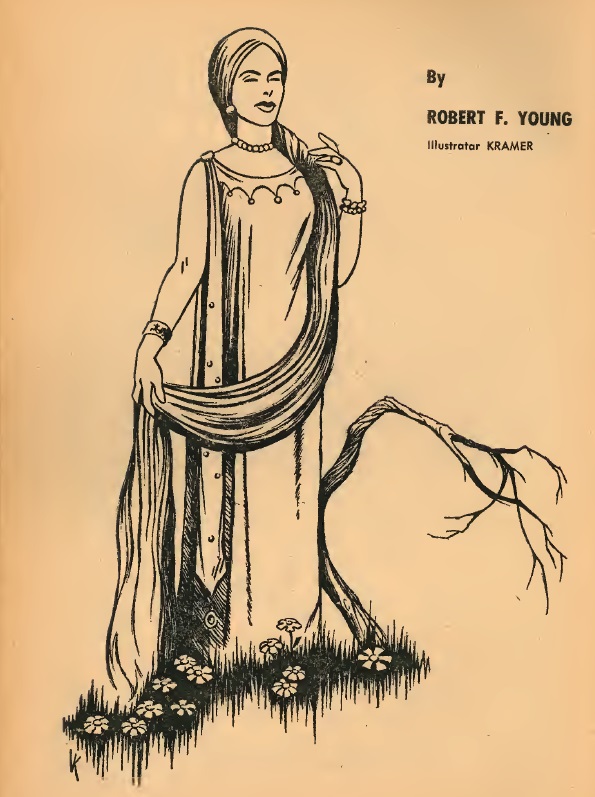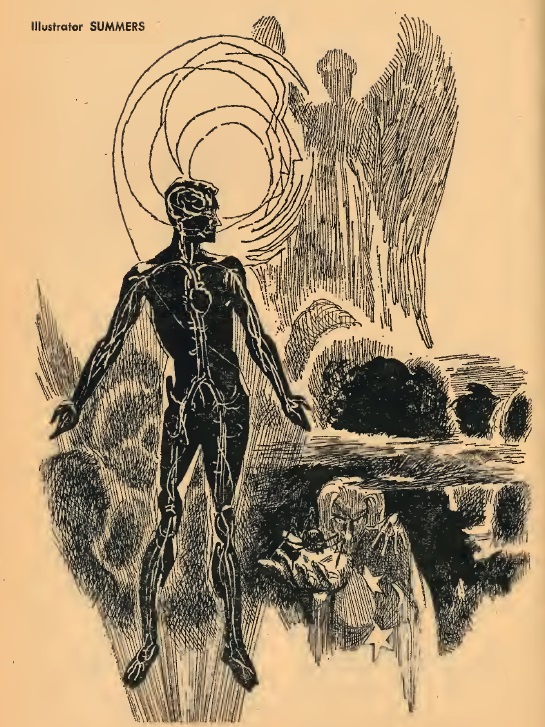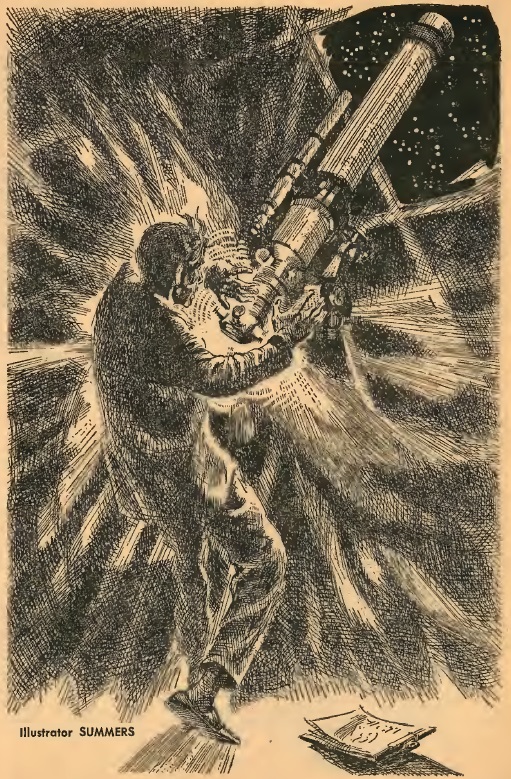
by John Boston

The August 1963 Amazing features Daniel F. Galouye’s novella Reign of the Telepuppets, a splendid title that apparently evokes a bit of editorial discomfort. “Editorial director” Norman M. Lobsenz is at pains to explain that “‘Telepuppets’—despite its pulp-fictiony sound—is a word already in good repute with the soberer elements of the scientific community,” brandishing as evidence a statement from the National Research Council.

The story itself, like Galouye’s earlier novella Recovery Area, is ambitious but a bit of a misfire. The Bureau of Interstellar Exploration has left a crew of telepuppets—robots designed for particular tasks—somewhere (“a satellite,” no explanation) in the Aldebaran system. They are named to fit their tasks: Bigboss, Sky Watcher, Scraper, Peter the Meter, etc. Bigboss has decided he’s the Supreme Being who created everything but somehow forgot the details, which doesn’t affect the puppets’ work or Bigboss’s role in supervising them, but they have stopped communicating with Earth. Also, Minnie—Mineral Assessor—is jealous of Bigboss’s position and keeps attacking him. The source of these derangements is not clear, in part because the telepuppets’ capabilities and limits are not much explained, compared, say, with Asimov’s I, Robot sequence, which contains much more and better handwaving on that subject.
Meanwhile, back on Earth, the Bureau is mounting an expedition to stop off at Aldebaran and straighten out the puppets en route to the more distant Hyades, where seven or eight Earth-type planets have been discovered. But upon their arrival, the telepuppets quickly fade out—there’s a spaceship full of reptilian aliens lurking, its megalomaniac captain looking for an opportunity to start an interstellar war. That plot line is followed for a bit, then the rug is pulled out entirely: nothing is what it seems. Then the rug is pulled out again; there’s a new revelation, and the story ends rather quickly thereafter. While some SF writers have made effective use of this kind of plot device, here it just seems that Galouye couldn’t decide which story he wanted to write and wound up with something of a mess.
Galouye does decide to let the girls into this clubhouse, though execution does not quite match good intentions. Carol Cummings joins the crew because she is a “radio empathy specialist,” practicing a talent which is mainly confined to women. The men refer to her as the Maid of the Megacycles. When she pulls a mild prank on one of them, he is about to spank her when another crewman appears and interrupts him. She is (of course) good-looking (pause for mention of “the shapeliness of her lithe, five-foot-four frame”), and by the end she is (of course) paired off with the main character. For a while it seemed like a nice try, though. Overall, three stars for competent and readable copy, and a clever idea (the telepuppets’ becoming independent) poorly developed.

Galouye’s long novella is followed by four short stories—very short, in the case of Thomas M. Disch’s three-page “Utopia? Never!” It’s a well-written but cartoony gimmick story, in which a visitor insists to his tour guide that this planet can’t be the Utopia it seems, and finds out all too quickly that he’s right. Three stars for arid but well-turned cleverness.

Next up is John Rackham’s Dr. Jeckers and Mr. Hyde, in which young Katherine, secretary at a research facility, makes a play for mild and befuddled Dr. Jeckers, whom she drives out to her aunt’s country house, except that he gets so unexpectedly fresh en route that she shoves him out the door and over a cliff. But . . . moments later, Dr. Jeckers, driving his own car, is right behind her, trying to get her to stop. She doesn’t, and he goes over the cliff too. Suffice it to say we have not seen the last of Dr. Jeckers, or Dr. Jeckerses. This ridiculously amusing story might make a good Twilight Zone episode if TZ had a sense of humor. Four stars, believe it or not, for the usually mediocre Mr. Rackham, or John T. Phillifent as I believe he is known to Inland Revenue and readers of Analog.

David Rome’s The Lesson for Today sharply changes the mood. It’s a child’s-eye view of going to school in a starship fleeing an apparently ruined Earth, told seemingly with Bradbury in the back of the author’s mind and a prudent study of David R. Bunch in front. Remarkably, Rome brings off this tightrope walk; four stars for avoiding mawkishness.

Mine is the Kingdom by Roger Zelazny, disguised once more as Harrison Denmark, is something else entirely. There’s one human left on another ruined Earth, and aliens—the “puffies”—are trying to persuade him to leave, to go where the other humans went, so they can convert what’s left of Earth to their own liking. The protagonist is apparently being cared for by nearly omnipotent machines who can manufacture any illusion that he wants while keeping him drunk, as he demands. It’s theatrical in the most literal sense; Zelazny is making the most of his education in drama here, with the events obscured, or transfigured as you prefer, in oratorical language and gaudy imagery. (“The walls were rough-woven allegories of bright color, the heads of vanquished predators, and axes with complexions of smoke and eyes of rust.”) Pretentious? Yeah, but hand it to the guy, he delivers on his pretenses, at least to my taste. Feller does have a way with words. You could also call it decadent, I suppose, but who cares? Four stars, leaning towards five. Nothing rotten in this Denmark.
Gosh—three stories in a row in Amazing that I am actually glad I read. That is amazing! and suggestive of better things to come, except we’ve been around that track before.

Coming down to Earth, here’s Sam Moskowitz again, with John W. Campbell: The Writing Years. This task is tailor-made for Moskowitz, who doesn’t like to acknowledge work from any later than the 1940s, since with one minor exception Campbell stopped writing in 1940 or so. It’s the usual perfectly competent rehash of a (brief) career, enhanced by much hitherto-unknown (to me at least) biographical data. Most interestingly, Campbell’s mother had a twin sister who didn’t much like him, and at times young Campbell didn’t know who he was dealing with, an experience that gave rise to Campbell’s most powerful story, Who Goes There? It’s not clear to what extent that is Campbell speaking, versus Moskowitz amateur-psychologizing. In any case, three stars, and a more interesting job than some recent entries in this series.

So, three pretty good stories, and two adequate ones. Amazing is above water for now, but it never seems to last. What ho—be that the specter of Robert F. Young, there lurking in the shadows?




